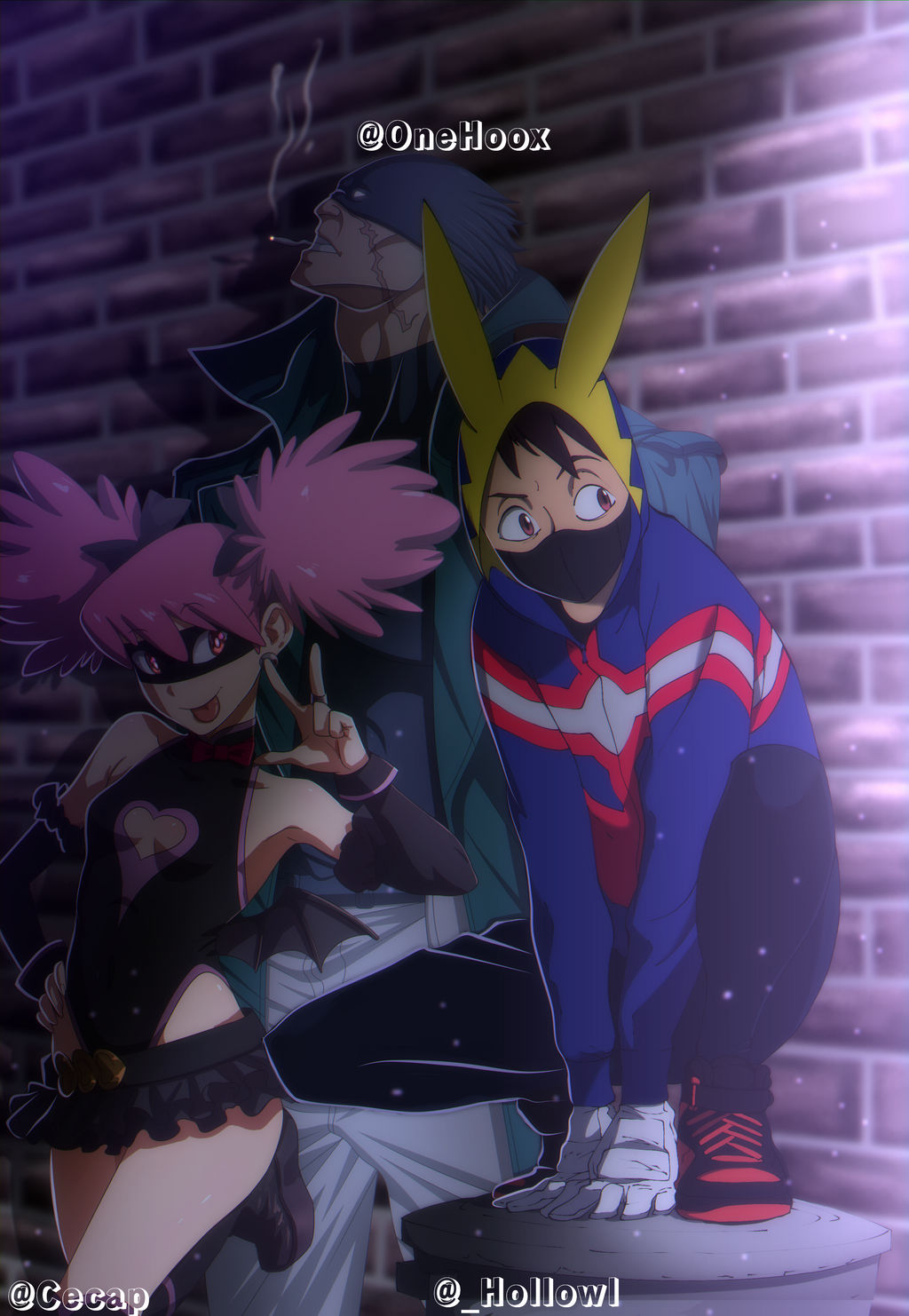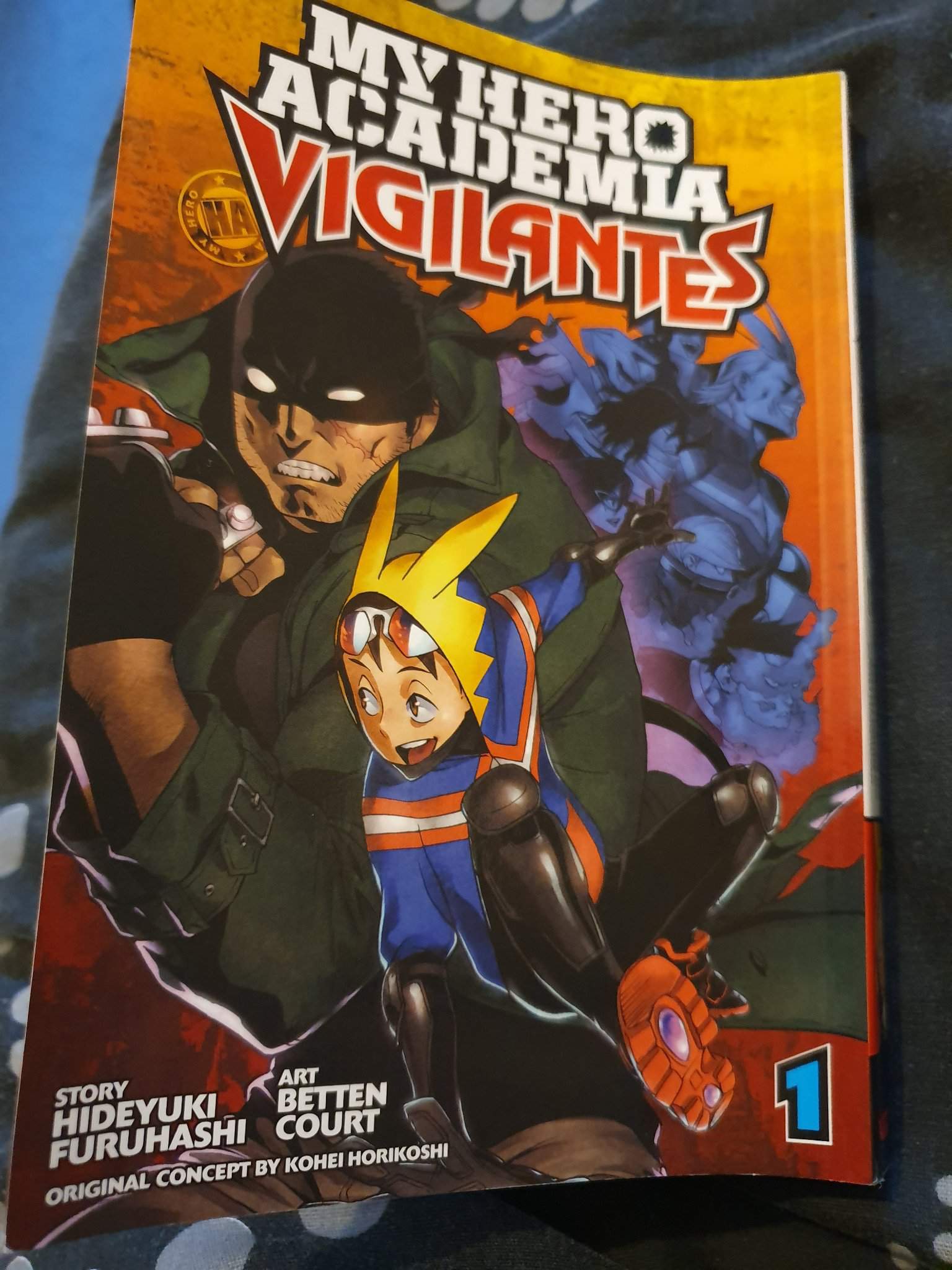How far back does the shadow of Vigilantes stretch into the sunlit world of My Hero Academia? My Hero Academia: Vigilantes doesn't just predate the main series; it’s a vital prequel that informs and enriches our understanding of the heroes and villains we know and love, offering a crucial lens through which to view the events of the primary narrative.
The intricate tapestry of My Hero Academia, crafted by Kohei Horikoshi, boasts a rich prequel in the form of My Hero Academia: Vigilantes. This spin-off delves into a fascinating era preceding the adventures of Izuku Midoriya, offering a glimpse into a world grappling with the burgeoning rise of Quirks and the complexities of heroism and vigilantism. To fully appreciate the nuances of My Hero Academia, one must understand where Vigilantes fits into the larger narrative. The answer, thankfully, is relatively clear, thanks to a combination of official statements, in-series cues, and fan analysis. While the exact dates might require some interpretive work, the general timeline of Vigilantes has been largely established. This examination will delve into the key milestones and crucial timelines, providing a complete look at the temporal framework of the MHA universe.
| Aspect | Details |
|---|---|
| Title | My Hero Academia: Vigilantes (MHA: Vigilantes) |
| Type | Prequel Manga Series |
| Author | Hideyuki Furuhashi (Story), Betten Court (Art) |
| Setting | Japan, primarily Naruhata City |
| Timeframe | Roughly 4-5 years prior to the start of My Hero Academia |
| Key Characters | Koichi Haimawari (Knuckleduster), Kazuho Hanekawa (Pop Step), Kyotaro Chida (Stain), All Might (Young), Detective Tsukauchi |
| Main Focus | The lives of vigilantes operating in a society where Quirks are prevalent, and the rise of the underground hero world |
| Themes | Justice, societal order, the responsibilities of power, the blurry lines between heroes and vigilantes, Quirk discrimination |
| Impact on Main Series | Provides context for the origins of All Might's injury, the development of hero society, and the early presence of villains like Stain. |
| Adaptations | None (but the events and characters have a direct impact on the events of the main series) |
| Reference | Screen Rant: My Hero Academia: Vigilantes Timeline Explained |
The prequel series, My Hero Academia: Vigilantes, offers a crucial insight into the genesis of the world of My Hero Academia. The narrative unfolds several years before Izuku Midoriya's entry into U.A. High School. Key indicators include the state of All Might and the evolution of hero society. All Might's earlier, more robust form is seen. The series also explores the rise of vigilantism and the increasing threat of villains. This period serves as the foundation for the world of My Hero Academia.
Several sources confirm the temporal position of Vigilantes. The consensus points to a time roughly four to five years before Izuku Midoriya’s fateful meeting with All Might. This placement is not merely a matter of conjecture, it's built on several direct and indirect pieces of evidence. In the main series, All Might is already established as the Number One Hero, albeit with the physical limitations resulting from his earlier fight. Vigilantes allows viewers to witness All Might at the height of his power. Furthermore, the events of Vigilantes offer a broader perspective on the heroes. It provides a deeper understanding of the underlying conditions which create the environment of My Hero Academia.
The narrative structure of Vigilantes provides its own clues regarding its timeline. The first two acts of the series, covering chapters 1-65, span roughly a year, starting in early summer and concluding the following April. The third act, from chapter 66 onward, then jumps forward two years. This chronological progression helps establish character development while also aligning with the broader timeline of the MHA universe. This timeline also positions Koichi Haimawari, the protagonist of Vigilantes, at approximately 25 years old in the current time of My Hero Academia.
When Vigilantes delves into the summer two years later after the conclusion of act two, this places its final events within the broader context of the main series. This enables readers and viewers to connect the earlier events to the current events of My Hero Academia. Furthermore, this understanding of the timeline is essential for appreciating the impact of the characters and events introduced in Vigilantes on the established narratives of My Hero Academia.
The events of Vigilantes not only occur before the main series, but also add substantial depth to the established world. The rise of vigilantism, the early appearance of key villains like Stain, and the development of hero society are key focuses. Understanding this timeline is essential for fully understanding My Hero Academia.
The impact of Vigilantes on the greater MHA universe cannot be overstated. It's not simply a side story, but a key piece of the puzzle that fills in the backstory of several characters. All Might's injury, for example, is directly linked to events explored in the prequel. Furthermore, the rise of villains and the emergence of vigilantes are critical elements of the overarching narrative. The prequel provides a richer and more complete experience.
The significance of the Vigilantes timeline lies in its capacity to enrich the overall narrative of My Hero Academia. By providing a foundation for many central themes, characters, and events, Vigilantes provides an essential perspective on the main series. Its understanding is central to anyone’s experience with the world of My Hero Academia.
The integration of the prequel into the larger narrative of My Hero Academia serves a dual purpose. It clarifies existing events and enhances the audience's understanding of the forces at play. Through the exploration of this prequel, viewers gain a deeper understanding of the characters, motivations, and the complex challenges that heroes and villains encounter in this world.
In summary, My Hero Academia: Vigilantes takes place several years before the start of the main series. The events give context and depth to the main series, including the emergence of heroes and villains. This prequel enriches and completes the experience of My Hero Academia, offering valuable insights into the society, characters, and ongoing conflicts of the series.



.png/revision/latest?cb=20191108073935)